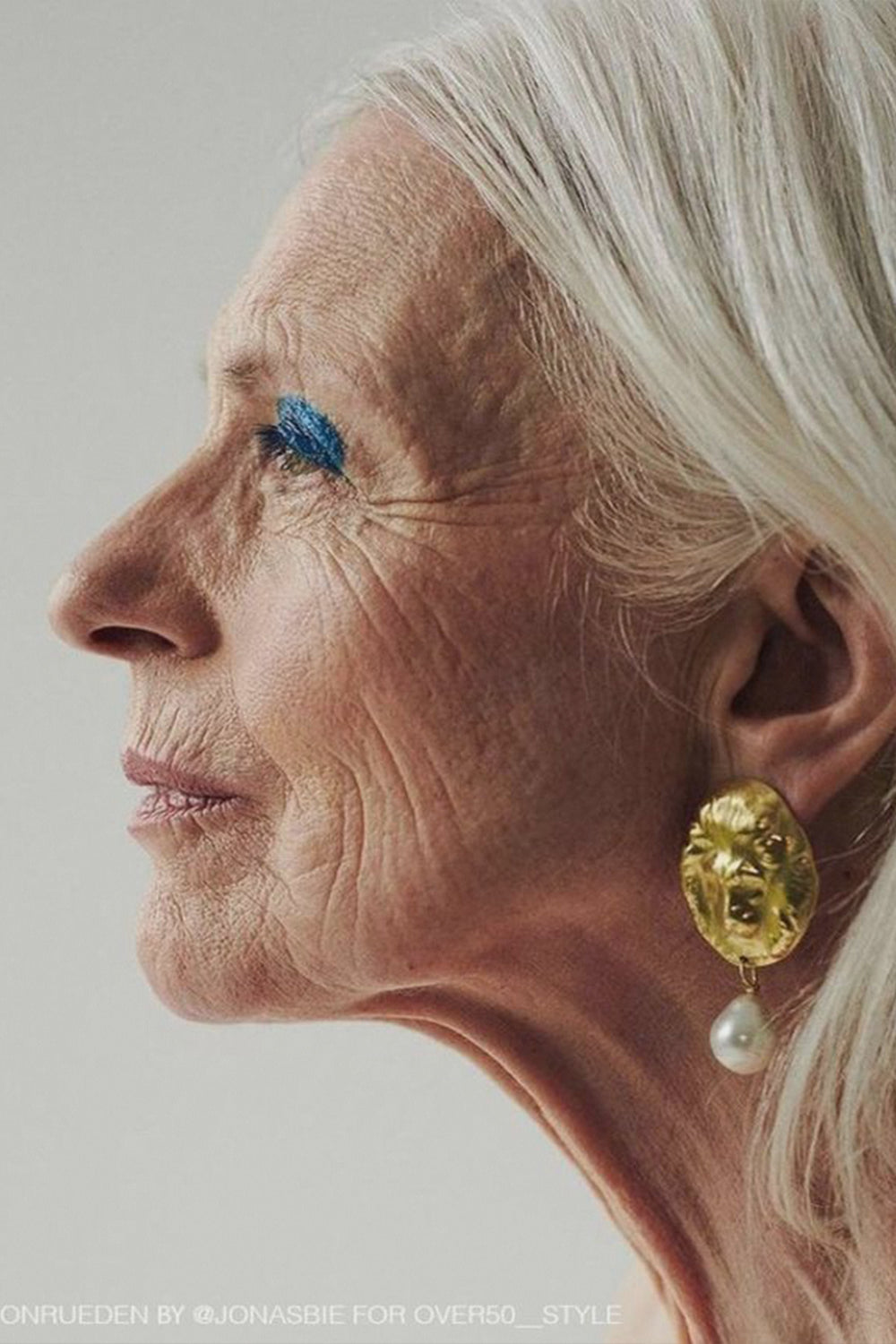
It’s so hard for brands to get the balance right and with the internet being so dividing, the chances are you will annoy someone, somewhere, at some point.
When it comes to diversity and inclusion, at Shaded it’s all about intention.
Did you try your best to understand your customer and who / what they represent? Do you understand their values and what they want to see in their campaigns? Are they feeling seen and heard?
When it comes to diversity and inclusion, most people would go straight to ethnic diversity but there’s also so much more to it than having a range of shades (but that’s important too). It’s about showing your real customers who they are as people, in a way that feels true to your brand.
Rather than doing diversity and inclusion as a tick box exercise, we want to explore our thoughts on presenting authentic diversity and inclusion and what that means.
Shiv’s thoughts
I grew up with my best friend not being able to find her shade of foundation in the local shopping centre, when I had so many different formulations and undertones to choose from.
Whilst it may be impossible to tell by looking at me (unless you catch me after a long sunny holiday), my dad is Sri Lankan and my family on my dad's side are also Caribbean. I’ve had a really strange experience of being both an outsider and insider on seeing the change in consumer habits towards better diversity and inclusion.
Whilst I'm so proud of seeing brands like Pat McGrath, Fenty and Rare Beauty pave the way for better representation over my time in marketing, I still think that there is so much further brands need to go.
Cassi’s thoughts
I proudly navigate the world as a brown woman of African heritage so I see right through tick box exercises from those who don't relate. It's easy to be cliché and not approach representation correctly, even with the best intentions. Without having someone who understands the cultural nuances in-house within the target audience, it's difficult to do a real job. This applies to all aspects of representation including race, age, gender, religion and so on.
Like Shiv mentioned, it's not necessarily culture from a traditional perspective, it's also sub-cultures too. For example, you can tell when a brand is trying to leverage sports culture around certain trending events in the year, but true sports fans see through it straight away.
In summary…
It’s obvious to blame the fact that a lot of brands don't even have a person of colour or person representing their target market (like women in beauty) making core leadership decisions about their marketing campaigns. But I think a lot of brands are better intentioned than that.
Most brand leaders I know want to show off every customer and have shades for everyone but have limited budget and resources to do so. And some just don't know where to start.
That’s where we can come in! We have multiple cost-effective shoot options to show your customer in his or her best light. We also have options to help you get started on a deeper understanding of your customer, through data analysis and a tried-and-tested process (that retailers also love in pitches). Get in touch: info@shadedthestudio.com

